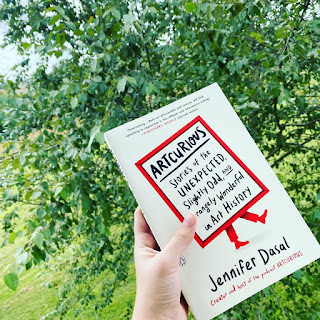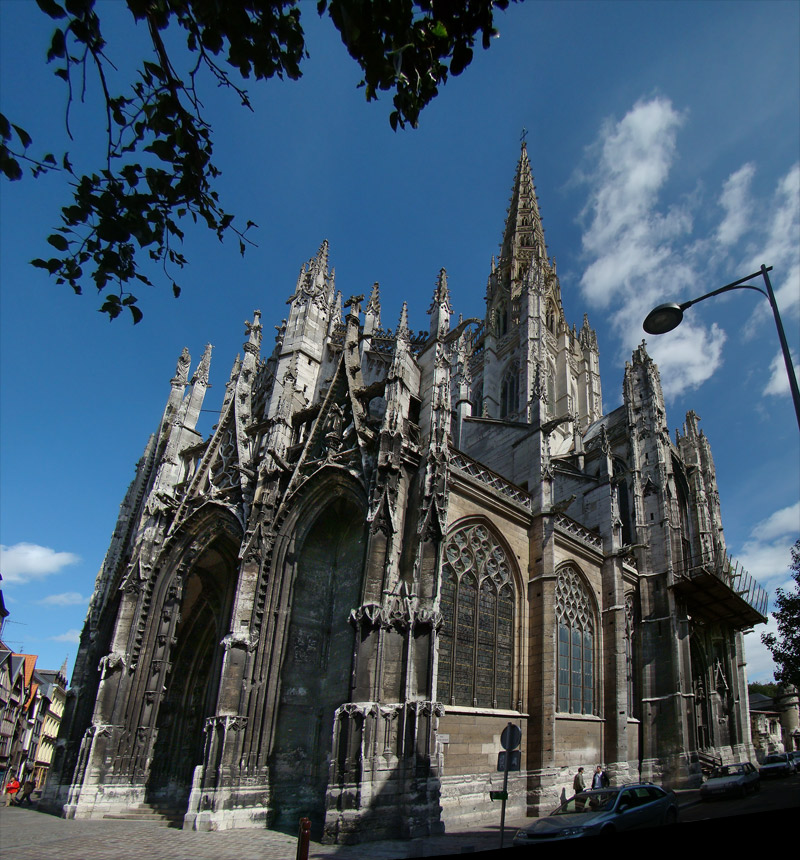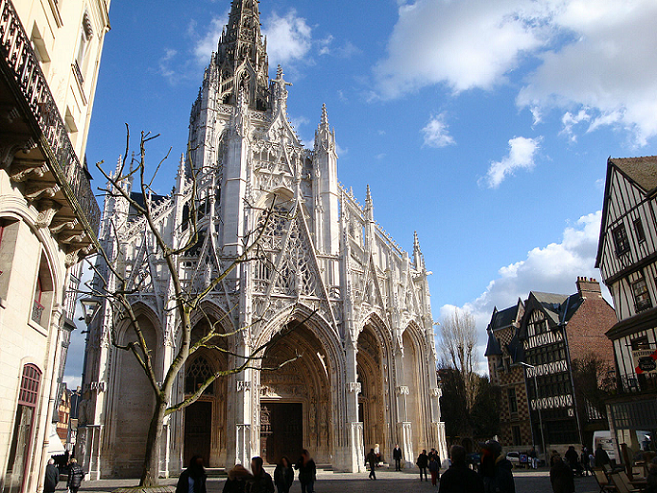3. 30,000 Years of Art
2. Puzzles
2. Etsy
Art History Terms to Know: Media
Friday, October 30, 2020
Though it is a simple term, media is use almost constantly and is crucial to understanding art writing today. Media, the plural of medium, simply means the material used to create the specific piece of art in question. For example, in the post about Italian Baroque, it says, " During the Italian Baroque, prominent artists worked in many media including sculpture, painting, and architecture." I am saying that there was lots of art produced with all different materials.
HAPPY NATIONAL ART DAY!!!
Sunday, October 25, 2020
HAPPY NATIONAL ART DAY!!! Do something artsy today. Need suggestions? You could..... 1) take a look back through and learn some new art history from this blog 2) safely go a museum or visit online 3) take some time to make some art. I hope that you are enjoying this blog. Please take the time if you have it to answer the questions below!!
Art Movements: Gothic Architecture
Saturday, October 24, 2020
The Gothic was a growing contrast to the Romanesque. There are three main stages of the Gothic: early, high, and late. Studying the growth through this movement is essential to understanding its purpose. First one needs to learn about the Romanesque, to understand the movement that preceded it.
The Church of Saint-Pierre (shown above) is the best example of Romanesque sculpture that is preserved today. Above is the facade of the church.
The sculptural elements here are unmistakably Romanesque. Romanesque sculpture, like other movements, was very involved in architecture. The sculpture of this time is recognizable by a few elements. The sculpture became more and more separated from the wall and articulated. Also to the left and right of the main column in the middle, there are small embedded columns into the sculpture. One can see these clustered columns throughout Romanesque architecture.
The Early Gothic 1140-1194
High Gothic 1194-1300
Late Gothic 1300-1500
Do you like Art Movement Posts? Leave me a comment!
Art History Terms to Know: Facade
Wednesday, October 21, 2020
Helping YOU Navigate the Blog
Tuesday, October 20, 2020
As Art History: On Display gains followers, I wanted to upload a video of how to understand and get around the blog easily and efficiently so you can find what you need in no time. Watch the screencast or follow along to learn!
Zooming In: Diego Rivera
Monday, October 19, 2020
Diego Rivera was an artist well known for his marriage to Frida Kahlo and his mural painting in Mexico and the USA.
Art History Terms to Know: Tenebrism
Sunday, October 18, 2020
Art History Terms to Know: posts will be exploring and giving brief examples art terms that will be helpful to know when looking and learning about art works.
**Special Edition Guide to Art History: Online**
Sunday, October 11, 2020








































